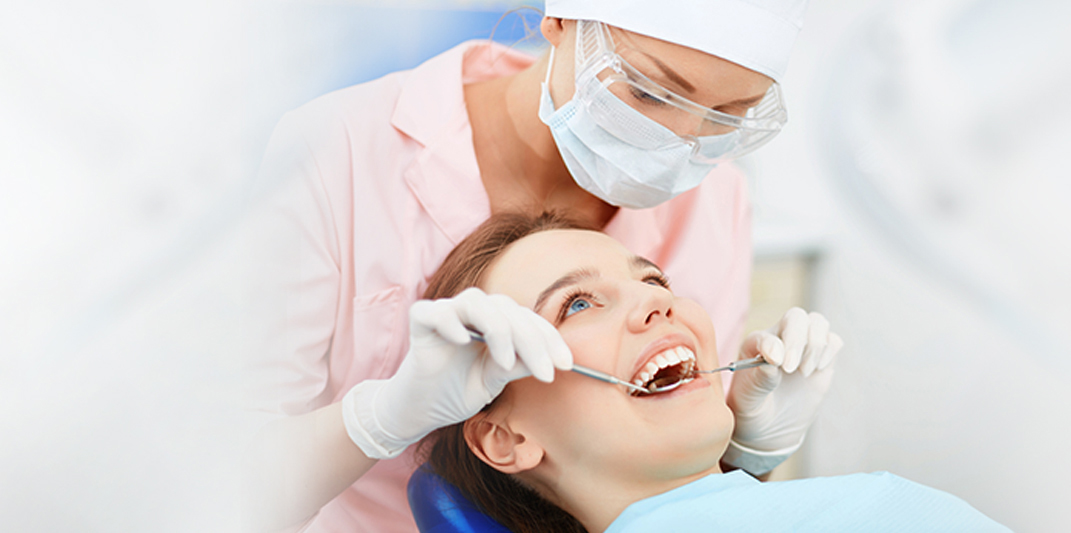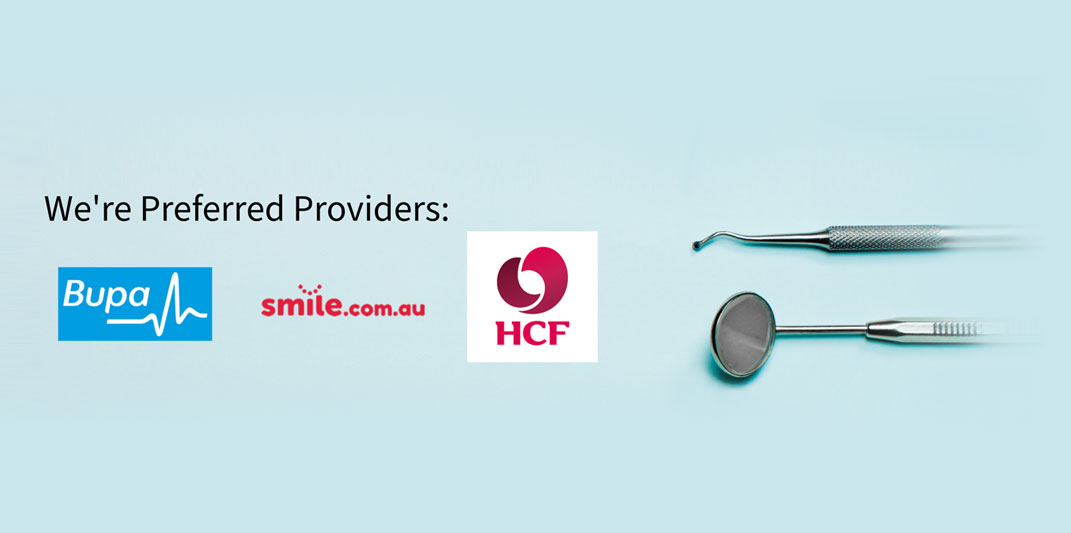Dental X-Rays
What are Dental X-Rays?
Dental radiographs (x-rays) are essential, preventative, diagnostic tools that provide valuable information not visible during a regular dental exam. Dentists and dental hygienists use this information to safely and accurately detect hidden dental abnormalities and complete an accurate treatment plan. Without X-rays, problem areas may go undetected.
Indications for Dental X-Rays
Dental X-rays may reveal:
- Abscesses or cysts
- Bone loss
- Cancerous and non-cancerous tumours
- Decay between the teeth
- Developmental abnormalities
- Poor tooth and root positions
- Problems inside a tooth or below the gum line
Detecting and treating dental problems at an early stage can save you time, money, unnecessary discomfort, and your teeth!
Are dental X-rays safe?
We are all exposed to natural radiation in our environment. The amount of radiation exposure from a full mouth series of X-rays is equal to the amount a person receives in a single day from natural sources.
Dental X-rays produce a low level of radiation and are considered safe. Dentists take necessary precautions to limit the patient’s exposure to radiation when taking dental X-rays. These precautions include using lead apron shields to protect the body and using modern, fast film that cuts down the exposure time of each X-ray.
How often should dental X-rays be taken?
The need for dental X-rays depends on each patient’s individual dental health needs. Your dentist and dental hygienist will recommend necessary X-rays based on the review of your medical and dental history, dental exam, signs and symptoms, age consideration, and risk for disease.
A full mouth series of dental X-rays is recommended for new patients. A full series is usually good for three to five years. Bite-wing X-rays (X-rays of top and bottom teeth biting together) are taken at recall (check-up) visits and are recommended once or twice a year to detect new dental problems.
Orthopantomogram (OPG)
What is an orthopantomogram (OPG)?
An Orthopantomogram (OPG) is the complete X-ray image of the mouth, comprised of upper and lower jaw and teeth. The X-rays machine moves around your head to take the image. Pregnant women are not recommended to have an OPG.
OPG is helpful for the following situations:
- To analyse wisdom teeth
- Diagnose the cause of dental pain
- Survey the position of dental implants
- Teeth assessment for orthodontic treatment
Orthopantomogram (OPG)
Procedure
Before the procedure, the patient should remove glasses, dentures, hairclips, and all types of jewellery on your head or neck, such as earrings and necklaces.
Orthopantomogram is a safe procedure and involves the following steps:
- Patient is asked to stand in front of the X-ray machine
- A peg is inserted into a slot of the machine and patient is asked to bite the same
- Two handles are present below the peg to be held by the patient for balance while taking the image as patient may be asked to lean backward during procedure
- Patient is fixed in the correct position by using a gentle clamp over his or her head
- After assuring proper placement, the radiographer starts the machine that moves around your head taking images
Patients should not move during the procedure, as image may get blurry and the same procedure has to be repeated. OPG usually takes about 15-20 minutes for the entire procedure.









